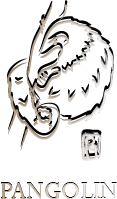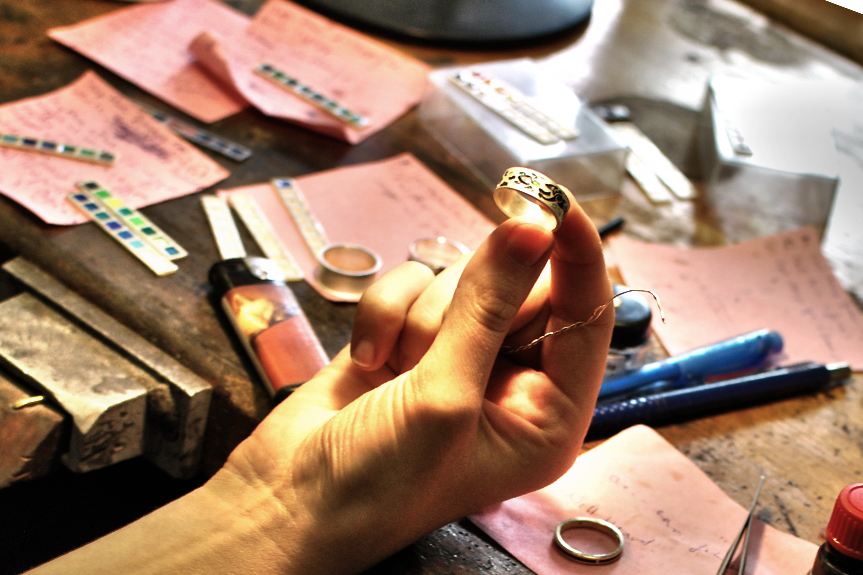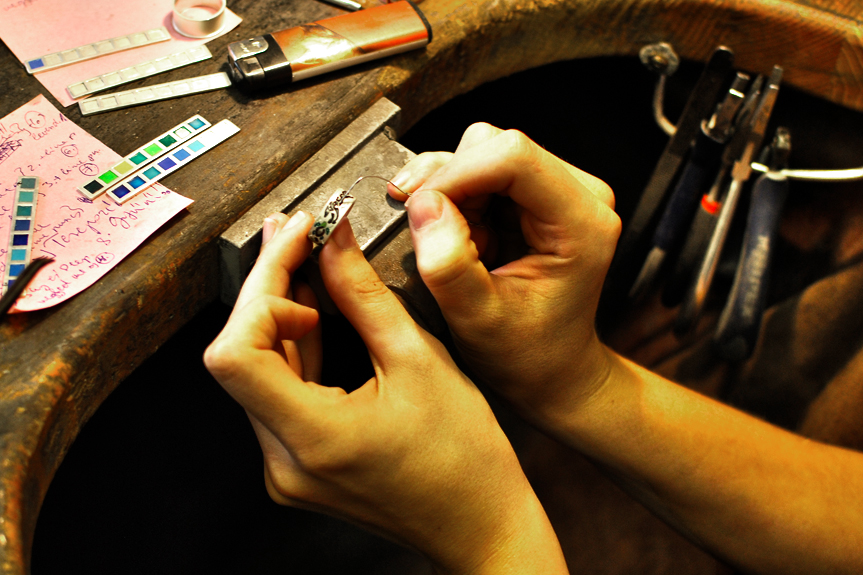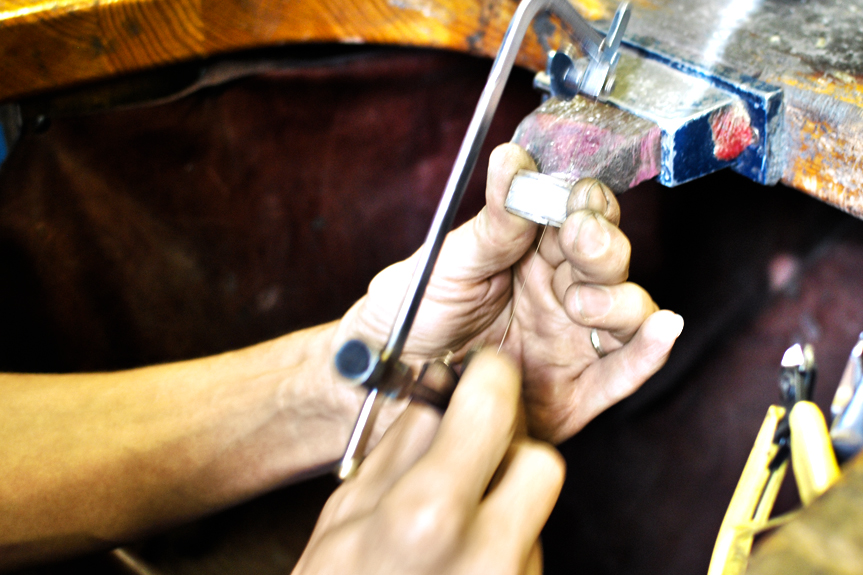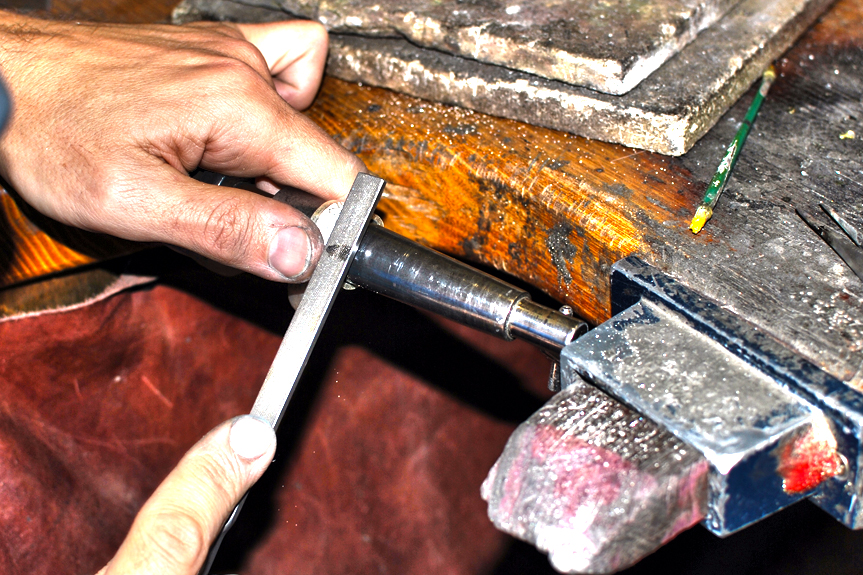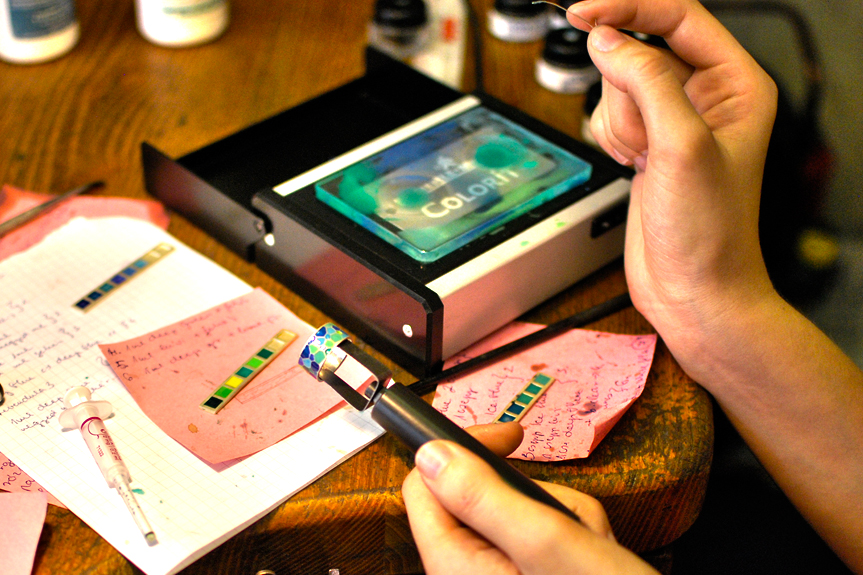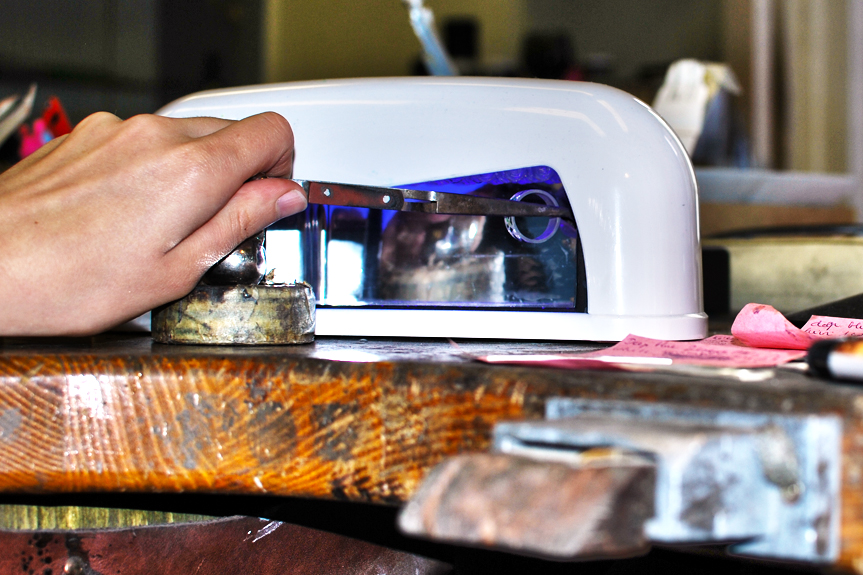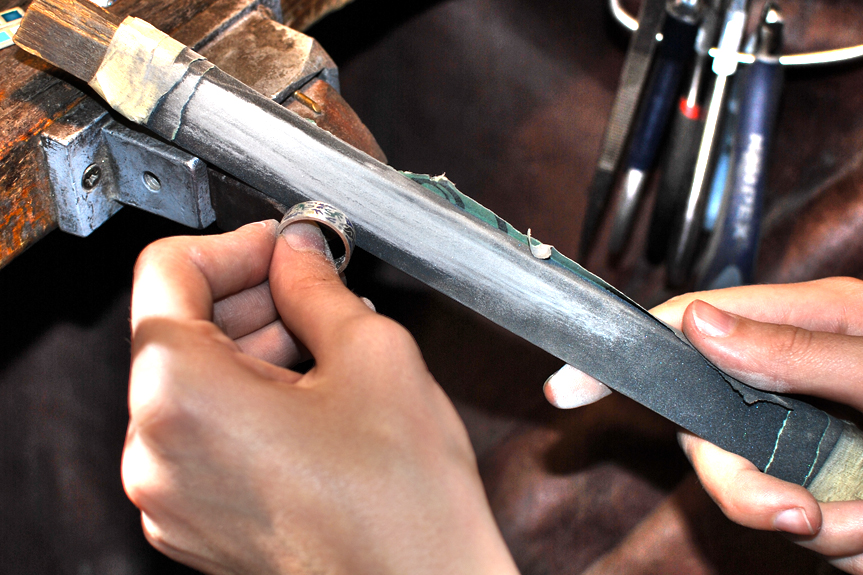How Pangolin jewelry is made?
Each piece – ordinary as well as inlayed - that we make start its life as a simple gold bullion. This gold bullion can have different fineness according to the customer’s preference (eg. 750/18 karat; 585/14 karat, etc.) and can be yellow, red, white or even rose gold. In special cases we ourselves make the bullion out of pure gold and different base metals.
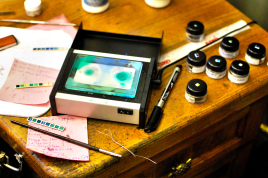
Creating the ring
Once we have the necessary quantity and quality gold in our hands we can start the creation of the corpus (ie. the ring’s body). This process is solely made by the traditional way. The bullion is rolled, bent, hammered, softened, soldered, tempered, sawed, filed, burnished…, as long as we get to the required rough ring with the necessary dimensions and weight.
Routing
The ring then goes under routing. In this step the ring is routed by a multi-axis CNC router. This machine works with high accuracy (0,01mm) routing the motifs in the piece with exactly to the required depth(s). This process sometimes takes only 1-2 hours but occasionally it can take up to half a day.
The routed parts are then sandblasted with specific equipment in order to create a homogeneous but coarse surface. This step ensures that the porcelain inlay meets the precious metal corpus with the biggest surface possible. This way the final jewel will be durable and impact- and wear resistant.
Building up the inlay
We arrived to the most demanding part of the creation of the jewel. This is building up the Colorit inlay. This process requires precision and unparalleled dexterity from our colleague. Colorit is a complex ceramic composite which is very similar to the porcelain filling used in dentistry. Colorit is available in 22 colors with 16 additional additives. Each hue, color transition, play of color (metallic shine, mother of pearl effect, UV effect) is created by us from these basic components. In this step we rely only on our colleague’s expert craftsmanship and a gem scale.
Colorit colors are build up in many layers – each photopolymerized individually – on the routed surface. Once the final layer is applied the piece is submerged in a special bath where the final hardening is carried out to give the inlay its strength and hardness.
Refining
Once the jewel and its colorful decoration is built together its refining can start. The difference between Colorit and any other inlay material is visible at this step: we can simply file gold and Colorit together, sand then polish it. After all we polish the piece with a special paste containing diamond dust in order to achieve mirror-like high polish.
Sometimes the piece goes back to CNC router as further motifs can be routed into the Colorit.
There is no enamel, resin or paint that could bear such procedure without braking or falling off of its place but Colorit is totally convenient for this kind of work. In fact the inlay is harder than any precious metal used for jewelry making this way sanding and polishing does not damage it but this is the best way to achieve a homogeneous, highly polished, coherent surface that cannot be confused with anything else.
Brilliants
The diamonds of Pangolin jewels. Some of our jewelry are decorated with brilliants. We only use excellent and perfect cut, extraordinarily white and highly clear diamond brilliants. (E,F,G/VVS1-VS1, id-ex)
The stones are mounted mechanically the conventional way, one by one under microscope by our professional stone setter colleague having almost 30 years of experience.
Each brilliant is mounted manually. We never use adhesives, glues or prefabricated and soldered mountings or any other readymade solution. This way we can make sure that the brilliants decorating a Pangolin jewel will stay in place for long decades the way we set them.
Surface treatment
As a final step we give our jewelry surface treatment (the same way as any noticeable jewelry brand does). This means that we submerge the finished jewel in a galvanic bath where gold or rhodium is electrolyzed to its surface. Why this step is needed? Think about it: the white gold is alloyed of pure gold which is after all a yellow precious metal. This means that no matter what kind of white metal you add to it there will always be a grayish-yellowish tint in its color. In this case in order to achieve perfect white color we build upon gold’s surface a thin coating of rare, white precious metal which is rhodium. This way our jewelry get a final, perfectly homogenous and shiny surface.
Quality assurance
Precious metal jewelry is marked 2 ways: the manufacturer’s mark and quality mark showing the fineness of the precious metal. These are visible on each Pangolin jewelry as well as the official hallmark of the state. This latter one changes from country to country but always stamped by the country’s assay office after thorough inspection of the material. This hallmark proves both the origin and the fineness of the precious metal.
These quality marks guarantee for our partners and customers that their Pangolin jewelry meets the highest international standards and that the own a real Pangolin jewel and not a cheap counterfeit. Please always check the quality marks before buying any jewelry and would any of the marks missing do not by that piece!

